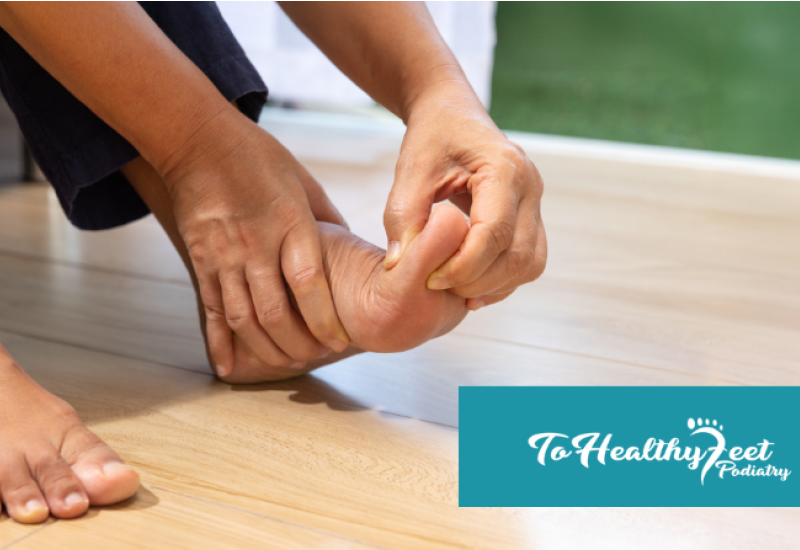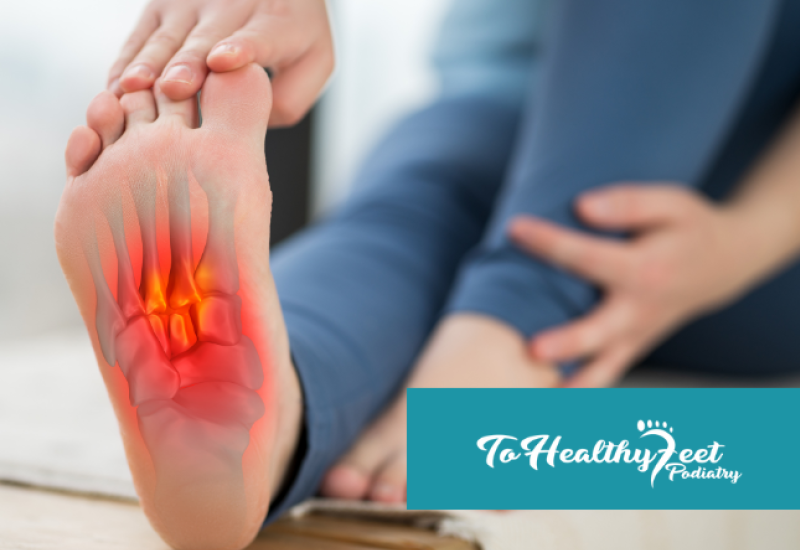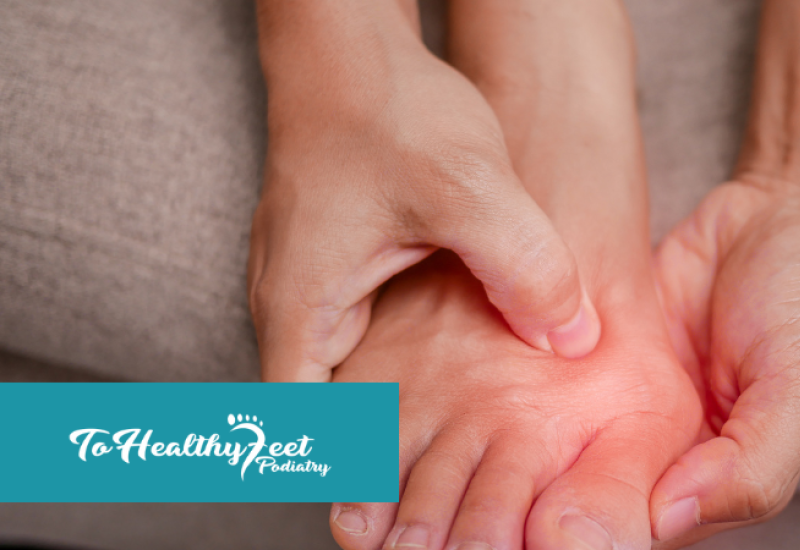Marathon running is an exhilarating pursuit, pushing both body and mind to their limits. However, along with the thrill of the race comes the risk of encountering various foot woes that can dampen even the most dedicated runner's spirits. From blisters to bunions, these common foot injuries can sideline your training and race day performance if not managed properly. In this blog, we'll delve into the world of marathon foot troubles, offering insights and strategies to help you overcome these challenges and keep pounding the pavement with confidence.
Understanding the Anatomy of Blisters
Blisters are perhaps one of the most dreaded foot afflictions among runners, and for good reason. These fluid-filled sacs form as a result of friction or pressure on the skin, often exacerbated by ill-fitting shoes or excessive moisture. While blisters may seem like a minor inconvenience, they can quickly escalate into painful obstacles that hinder your training progress. To prevent blisters, it's essential to invest in proper footwear that provides ample cushioning and support. Additionally, wearing moisture-wicking socks and applying lubricants or blister pads to problem areas can help reduce friction and minimize the risk of blister formation.
Tackling the Troubles of Bunions
Bunions, characterized by a bony bump at the base of the big toe, are another common ailment that plagues many marathon runners. These painful protrusions often develop over time due to factors such as genetics, improper footwear, or biomechanical imbalances. While bunions may not always be preventable, there are steps you can take to alleviate discomfort and prevent further progression. Opting for shoes with a wider toe box can help reduce pressure on the affected area, while orthotic inserts or custom-made shoe modifications can provide added support and realignment. Additionally, incorporating strengthening exercises and stretches into your routine can help improve foot mechanics and alleviate strain on the bunion joint.
Navigating the Challenges of Plantar Fasciitis
Plantar fasciitis, characterized by inflammation of the thick band of tissue that runs along the bottom of the foot, is a common source of heel pain for many runners, particularly those training for marathons. This condition often manifests as stabbing pain with the first steps in the morning or after prolonged periods of rest, making it particularly frustrating for athletes eager to hit the road. To effectively manage plantar fasciitis, a multi-faceted approach is often necessary. This may include rest, ice therapy, stretching exercises, and the use of supportive footwear or orthotic inserts to alleviate pressure on the plantar fascia. In severe cases, physical therapy or corticosteroid injections may be recommended to promote healing and reduce inflammation.
Preventing Stress Fractures: A Marathon Runner's Nightmare
Stress fractures, tiny cracks in the bone resulting from repetitive impact or overuse, are a serious concern for marathon runners, as they can sideline training for weeks or even months. These insidious injuries often develop gradually, with symptoms such as localized pain, swelling, or tenderness becoming increasingly pronounced over time. To minimize the risk of stress fractures, it's crucial to prioritize proper training techniques and gradually increase mileage to avoid overloading the bones. Additionally, incorporating strength training exercises to improve bone density and muscle support can help fortify the body against injury. If you suspect a stress fracture, seeking prompt medical attention and adhering to a structured recovery plan is essential to prevent further damage and facilitate optimal healing.
While foot woes may be an inevitable aspect of marathon training, they need not derail your running ambitions entirely. By understanding the causes and symptoms of common injuries such as blisters, bunions, plantar fasciitis, and stress fractures, you can take proactive steps to mitigate their impact and keep your feet happy and healthy for the long run. Remember to listen to your body, prioritize proper footwear and training techniques, and seek professional guidance if symptoms persist. With patience, perseverance, and a little TLC, you can conquer any foot woe that comes your way and continue chasing your marathon dreams with confidence.
Written on behalf of To Healthy Feet Podiatry.
FAQs:
Q: Are bunions preventable for marathon runners?
A: While genetics and biomechanical factors play a role, opting for shoes with a wider toe box and incorporating strengthening exercises can alleviate discomfort and prevent further progression.
Q: How long does it typically take to recover from common marathon foot injuries?
A: Recovery times vary depending on the severity of the injury and individual factors. It's essential to rest, follow a structured rehabilitation plan, and seek medical advice if necessary.
Q: What should I do if I suspect I have a foot injury during marathon training?
A: Don't ignore the signs. Rest, ice the affected area, and seek professional advice for proper diagnosis and treatment to prevent further damage and ensure a speedy recovery.




